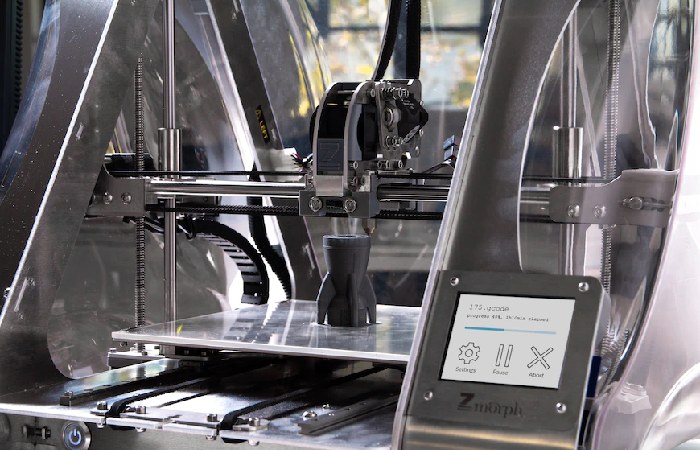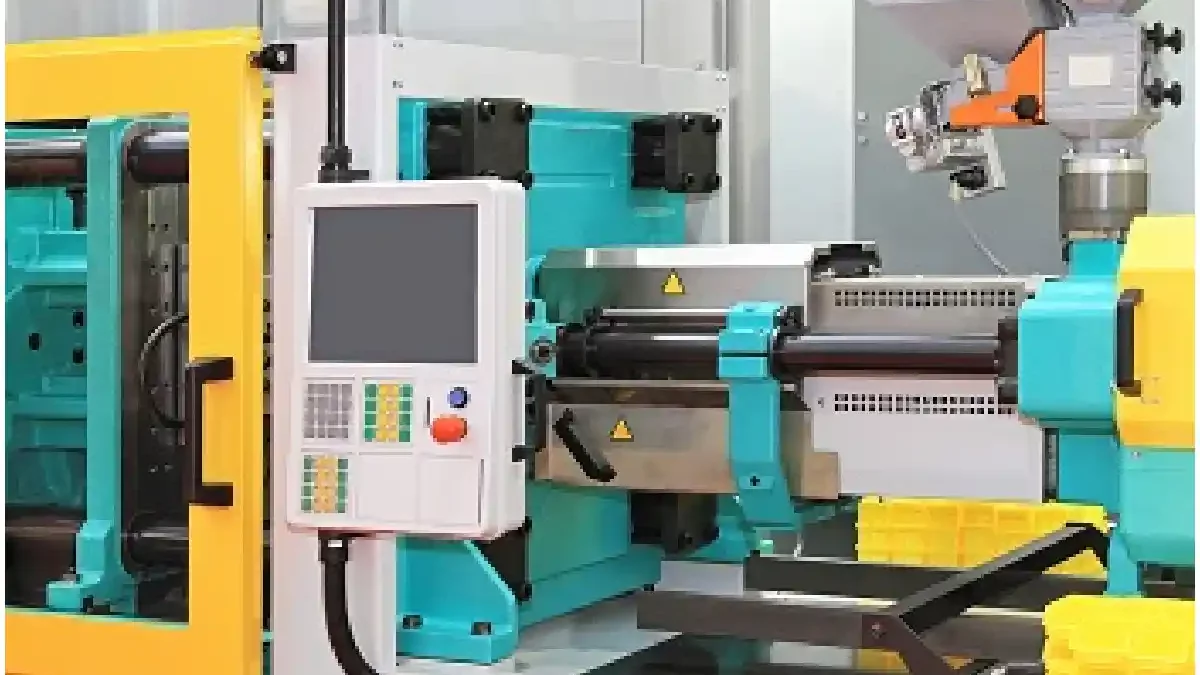If you work in the engineering industry, you might have come across or heard about injection molding machines. Injection molding is an industrial process that’s usually used to make plastic objects, ranging from automobile parts to small trinkets and toys. These machines also allow you to produce tons of identical plastic parts.
However, there isn’t a one-size fits all solution, so you must pick the right type of injection molding machine for your business. Although it can be difficult to choose, there are still many types and each one has different benefits and drawbacks. The task of finding the right machine can become even more complex when you add in the number of available technologies.
In addition, you’ll need machines that work with specific materials, and match the type of work being done in the plant, as well as equipment that is financially viable for your company.
Table of Contents
How to Choose An Injection Molding Machine?
When selecting an injection machine, it is important to consider the type of product you are aiming for and its size. If you are making larger items such as car parts or large kitchen appliances, then a high-speed injection machine would be the best choice.
When assembling these machines, it is important to make sure that it has the necessary injection speed to meet your production targets. You also want to ensure it can handle the range of tasks that need to be done with high-quality results. Every injection product has to be considered and it’s important to do your research before purchasing.
Types of Injection Molding Machines
Although there are many types of injection molding machines, they can generally be classified based on the type of mechanical movement that forces the material into the cavity.
Hydraulic
The injection power of the hydraulic injection machine is mainly from the force of hydrostatic pressure, which can flow into each nozzle when it is in an open position. The hydraulic plastic injection molding machine needs to keep running at all times, so it doesn’t shut down and break. There are different kinds of hydraulic injections including compound, small-sized, and large-sized hydraulic injections.
Electric
Electric presses are the second type of injection molding device you will find in the industry. The power of these machines has also helped revolutionize the injection molding industry. They’re favored for their low-energy consumption and ability to create a clog-free, high-quality product every time. These machines are accurate, speedy, and don’t create a lot of noise when working.
Vertical
A vertical injection molding machine is used in industrial settings where large quantities of plastic products need to be manufactured. It is a type of press that injects molten material, usually a thermoplastic, into a mold cavity so it can cool and harden. These machines are built to handle high-volume production.
They have the advantage of being able to inject more types of products and save space. Keep in mind that if the vertical injection machine is equipped with a rotary table or conveyor belt, it can effectively improve the productivity of a company’s work.
Horizontal
Horizontal injection machines are the first standardized machines for industrial use, which is why they are the most commonly used machines in plastic manufacturing. And while they might not be as good at solving certain problems when compared with other types of machines, they also have their own advantages.
These items may not be ideal for larger products, but with their durability and safety levels, they are worth the investment. They are also easy to program because of the variety of parts on them and require little maintenance. In addition, the popularity of horizontal injection molding machines is on the rise. Many fabrication shops are resorting to purchasing them because they have several developmental advantages over their vertical counterparts.

Final Thoughts
When looking for an injection molding machine for your business there are a lot of things to consider. The productivity, safety, and efficiency of the machine should be your first consideration. After that, find out about the quality of attachments, tooling requirements, and turnaround. This will help you plan for maximum production efficiency.
Also, if you have a limited budget you may want to invest in an injection molding machine that saves electricity and reduces heat. That’s why companies need to understand each type of injection molding machine and its advantages and disadvantages.

